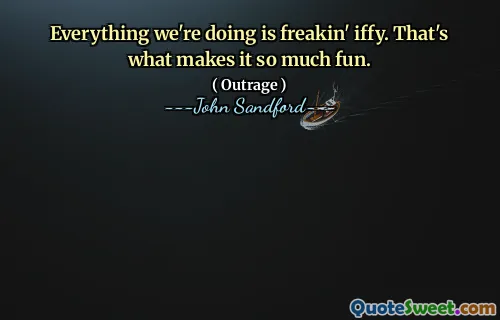
Acting is fun, but directing is very stressful.
The journey from acting to directing reveals the distinct complexities each craft entails. Acting often provides a sense of immediacy and intimacy with a character, allowing performers to express a wide range of emotions and connect directly with the audience. There's a certain exhilaration in stepping into someone else's shoes and bringing a character vividly to life. However, with this joy comes the responsibilities of interpretation and presentation—elements that, while demanding, generally focus on embodying another's vision.
On the other hand, directing shifts the focus from individual performance to the holistic management of an entire production. It involves vision-setting, coordination, leadership, and decision-making that impact every aspect of a film or play. For a director, the psychological toll can be immense. They must juggle multiple creative elements such as cinematography, costumes, sound, and pacing, all while maintaining a clear artistic vision. The stress often arises from balancing these diverse demands, managing vast teams, and ensuring that the final product aligns with their creative goals.
This quote underscores a universal truth in many professions: tasks that appear enjoyable may carry unseen pressures. Acting offers a personal connection to art and the joy of storytelling, but directing encapsulates the intricate challenge of orchestrating the entire artistic process. It suggests that while pursuit of the craft can be fulfilling, the administrative, organizational, and visionary responsibilities involved can be taxing. Ultimately, understanding these different facets can deepen appreciation for the craft and prepare individuals for the emotional and mental resilience required in leadership roles within the arts.
---Naseeruddin Shah---









